1)Clothing:Upper garments can include thick underwear (or thermal underwear), a sweater/fleece, and a thick down jacket (thick winter jacket). Lower wear can consist of windproof pants and warm thermal leggings. Footwear can be non-slip sports shoes or hiking boots. Additionally, scarves, gloves, and hats are essential. Layering clothing is advisable for adjusting to temperature changes.
2)Personal items:Skincare products like facial cleanser, moisturizer, facial masks, body lotion, lip balm, and sunscreen. Personal hygiene items such as toothpaste, toothbrush, and towels. Shampoo and shower products can be selectively packed based on personal needs. Sunglasses are a must due to Tibet's strong sunlight. Given the long distances between Tibetan attractions, carrying a U-shaped pillow for comfort during long journeys is recommended. Also, prepare a thermal flask to ensure access to hot water anytime.
3)Common medications:Adhesive bandages, motion sickness medicine, cold medicine, gastrointestinal medicine, anti-inflammatory drugs, eye drops, altitude sickness medication, and other commonly used medications should be carried for emergencies. (Always follow medical advice and avoid misuse of medication.)
4)Electronic devices:Bring chargers, power banks, cameras, earphones, or other electronic devices as per personal requirements.
5)Small amounts of cash and bank cards:Although mobile payment methods are becoming more common in Tibet, there might still be instances in remote areas where cash is needed. It's advisable to carry a small amount of cash and at least one bank card.

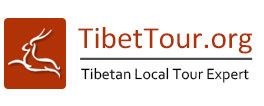















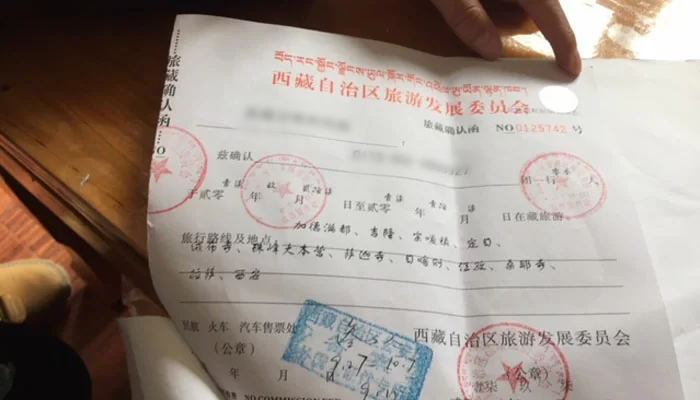











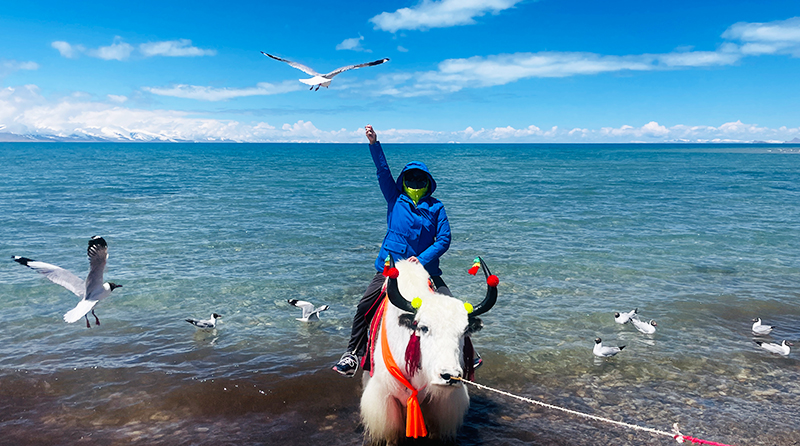
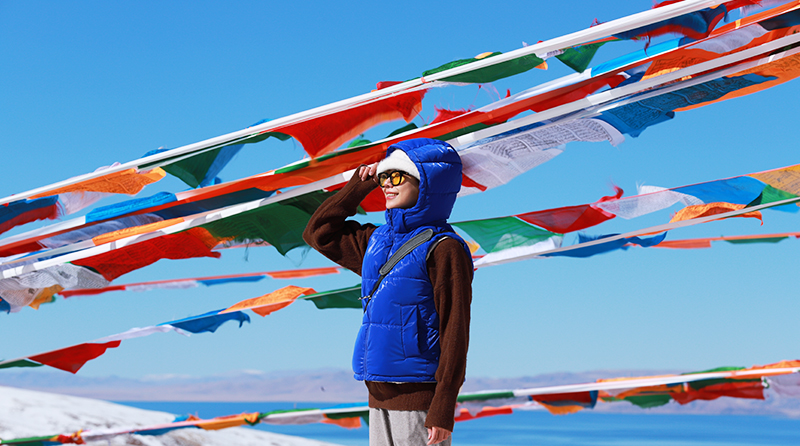
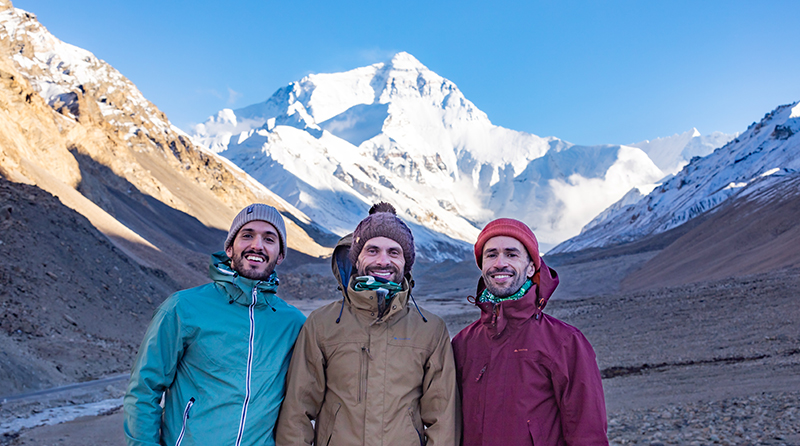
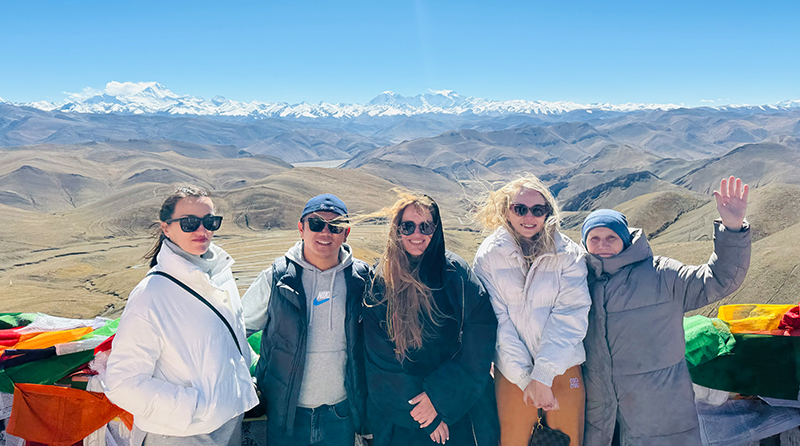
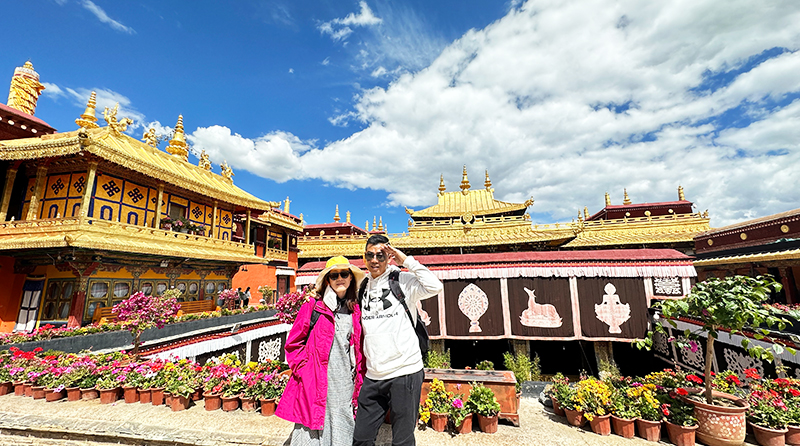
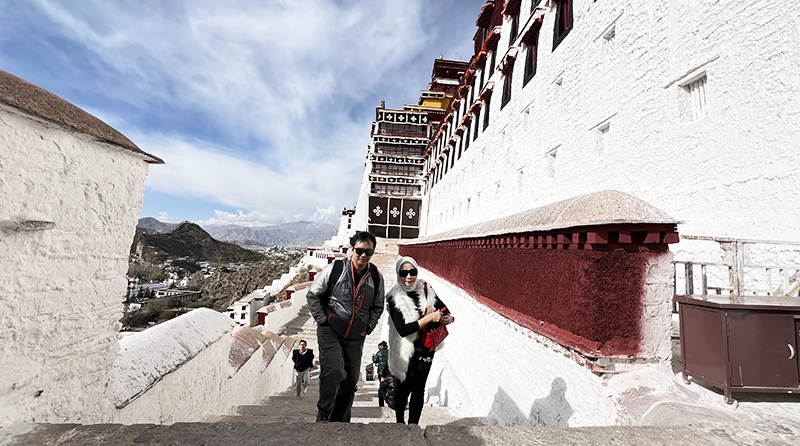
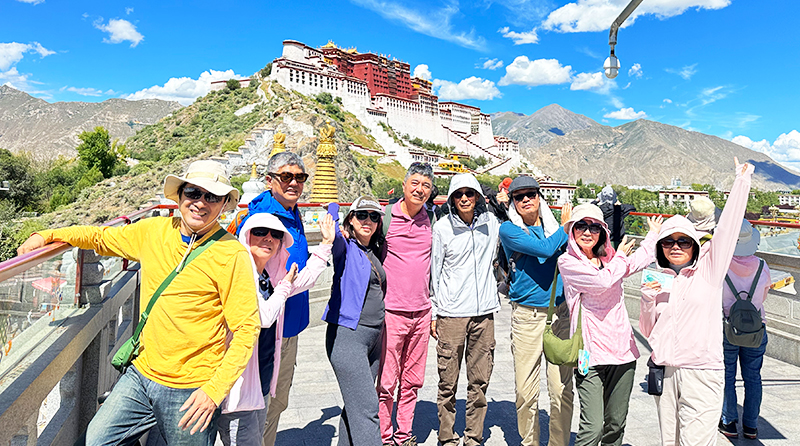
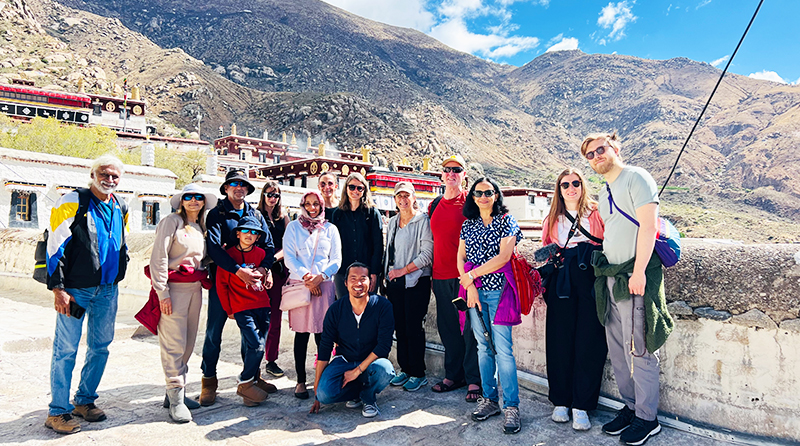
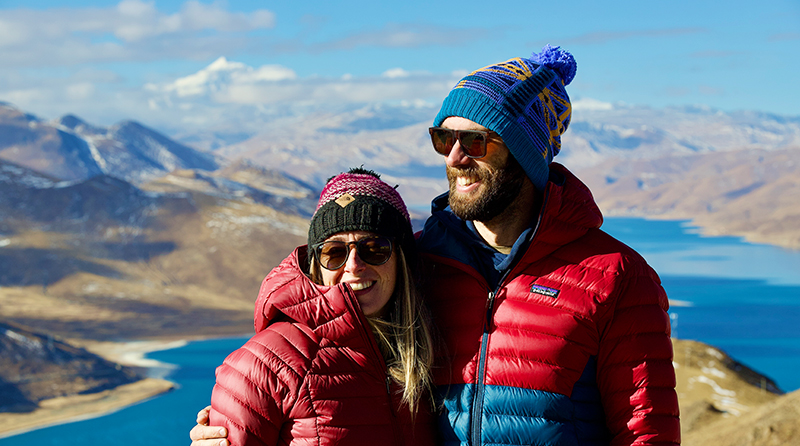
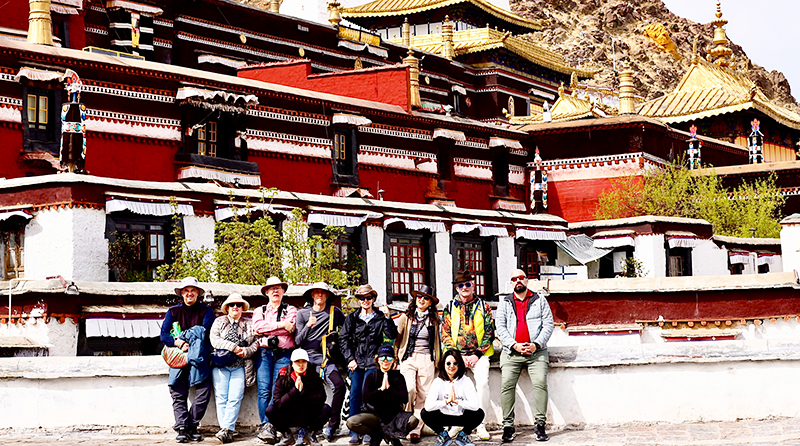
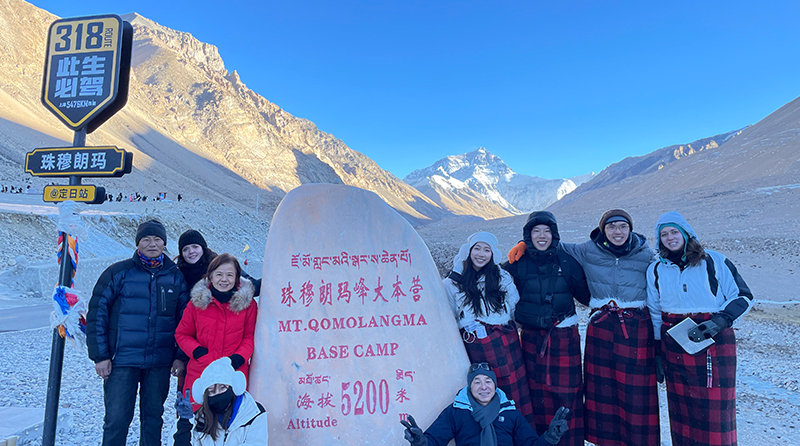
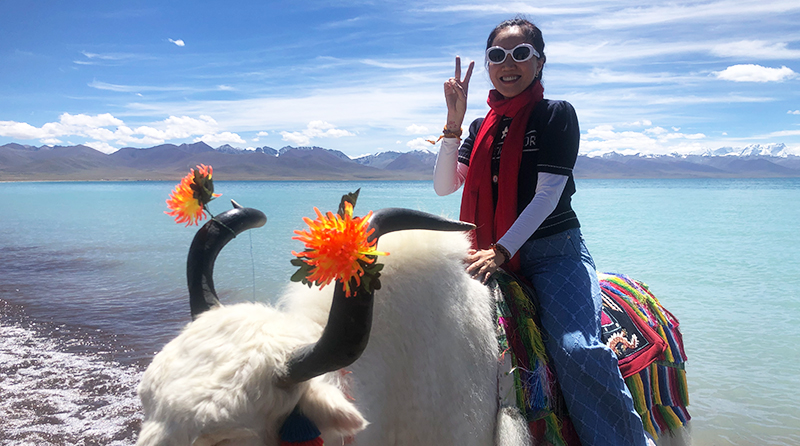




.jpg)











.jpg)
















